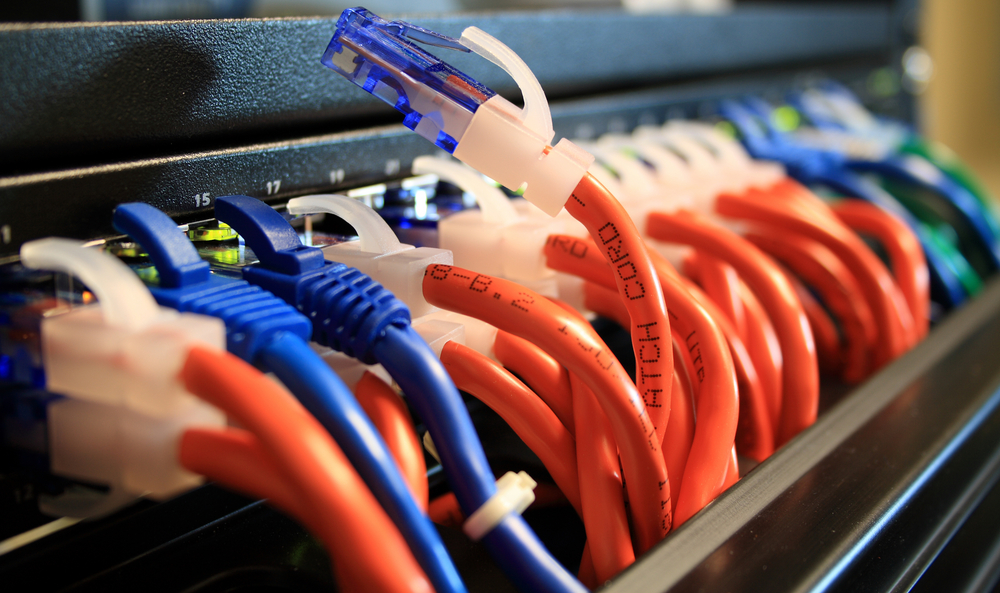Wikipedia: “A Deadly Sin: a Sin that is the origin of other sins or vices.”
Prelude
Two campers heard a bear closing in on their tent. One of them immediately put on his running shoes. “Why are you doing this, you can’t outrun a bear”; the other one said. The first one answered;“I don’t have to outrun the bear. I only have to run faster than you.”
Customer Experience today and tomorrow: “Give the customer what he needs, the moment he needs it, at the place where he needs it in such a way that it is intuitive and enjoyable.”
Think like your customer, know your customer, know his needs, his worries, his network, his preferences. Build meaningful relations with your customer. Think outside-in with these objectives in mind: keep your customers, earn their loyalty and attract new customers that way. If you’re not doing it; someone else is. That’s the main challenge of every company in today’s world.
Steve Cannon, CEO van Mercedes-Benz USA: “Customer experience is the new marketing”
Forrester, research and consulting: “We live in the age of the customer.”
More than ever the customer chooses us; when he wants and where he wants. When and where he needs something.
Gartner shows us the possibilities of the digital world. These exist of more than just an e-commerce website or another way too complicated smartphone app.
The CEO Challenge
The million dollar question (really; only a million?) we get asked by several CEOs is “How can my company survive and thrive in this digital world?” A world where your competition is gearing up and where start-ups can launch products that immediately have an impact on your bottom line. Classic examples are Uber; a new and innovative way to facilitate private transportation that had European taxi drivers in a fit. AirBnB, which put itself in the crosshairs of the hotel industry or Skype, already an established communication platform, that is serious competition for classic telephone operators.
As a CEO you’re now facing the challenge to guide your company in the digital world. The challenge to do it fast. Let’s make one thing clear; it will not just be technology that will help you. Key words and concepts today are “Customer Experience” and the “Digital Enterprise”. You’ll hear more and more about CX and the Digital Enterprise. Two ever-increasing blips that should be on every CEO’s and board member’s radar.
The Seven Deadly Sins
We have a presence today in companies that are taking the first steps and what do we see?
1. Things that should happen but happen partially or not at all.
2. Things that shouldn’t be happening but do anyway.
This brings us to the Seven Deadly Sins:
The First Deadly Sin
Digital Enterprise and Customer Experience are not a priority for the CEO
This speaks for itself. A good CEO sets the course and the priorities. Giving little to no attention to Digital Enterprise and Customer Experience is not an option in today’s world.
The Second Deadly Sin
There is no CX-team. A strategic group of board members, reporting directly to the CEO and chaired by the CDO.
This is a team where all silos of a company are represented, including IT. They have but one shared objective: propose and define realistic projects that prepare the company for the age of the customer. This is for now almost the only way for companies to halt pigeonholing and make every department aware of their role in the overall customer experience. The chair of such a team is often called the CDO; Chief Digital Officer. A position with mandate and increasing responsibility.
The Third Deadly Sin
There is no company culture on customer experience and the employee is not an active participant in the whole story.
We already said it: it’s not just about technology. It is the whole ecosystem of your company that has to put the spotlight on the customer. A quote I read the other day really stuck with me; “Every employee should enter the company in the morning thinking “how can I make the customer happy today”.” You’ll find some great examples on how to do this at the end of this blog.
The Fourth Deadly Sin
There is no BI-modal approach of the digital transition.
To paraphrase Gartner; “BI-Modal means the transition of your company to full digital flexibility without messing everything up.” Meaning; we don’t have to necessarily change everything we’re doing today just because we can. We have to put something next to it. For once a two-speed company is a blessing. Optimize your back office within its own constraints and put something next to it; both organizational and technological to interact with the customer.
The Fifth Deadly Sin
Changing the current back office IT systems and making them user and customer friendly.
People often forget that their existing systems weren’t built to be customer friendly. They are (hopefully) efficient for the daily user and support the internal company processes. Changing that is like rebuilding a truck into two Formula One race cars. You lose twice; the truck no longer serves the purpose it was meant for and the four ton weighing race cars lose from more lean-built machines. To try this is throwing money away and leads to a guaranteed failure. What you should do is reevaluating which services your current systems should provide and how they can be integrated into the digital experience of your customers.
The Sixth Deadly Sin
There is no Customer Engagement Platform; no solution to facilitate all aspects of customer experience.
This is a consequence of Deadly Sin n° 5 because if you can only marginally change your back office applications, something else will have to be created. Technology alone will not solve this but choosing the right technology will go a long way. There will have to be investments in new and additional software, in training, in people. Think before your act however. Otherwise you might end up with an overrun IT-garden which can lead to performance issues of your back office systems. Don’t forget to focus on your data either; both old and new. It’s your company’s biggest asset.
The Seventh Deadly Sin
People forget or refuse to invest in training of their IT and Business employees.
Do we even have to spell it out? This fundamental mind-shift requires new competences and views. New functional analysis techniques; intelligent and effective usage of big data; opening up your systems for other people’s apps; using crowd creativity and finding new and other sources of revenue, different technologies and means of interaction. Change, change and change. This requires focus on people and their competences. Investing in new competences is an absolute necessity for a digital and customer-oriented enterprise.
Coda
Rome and Paris weren’t built in a day. But people did start building. It’s one to twelve for all companies and this time the proven expertise of individuals is more important than the size of the company. As Gartner put it: “Look for expertise, not for volume’.
We wish you all the success in taking on this challenge. We’ll talk soon.
This post originally appeared on De Tijd blog.





